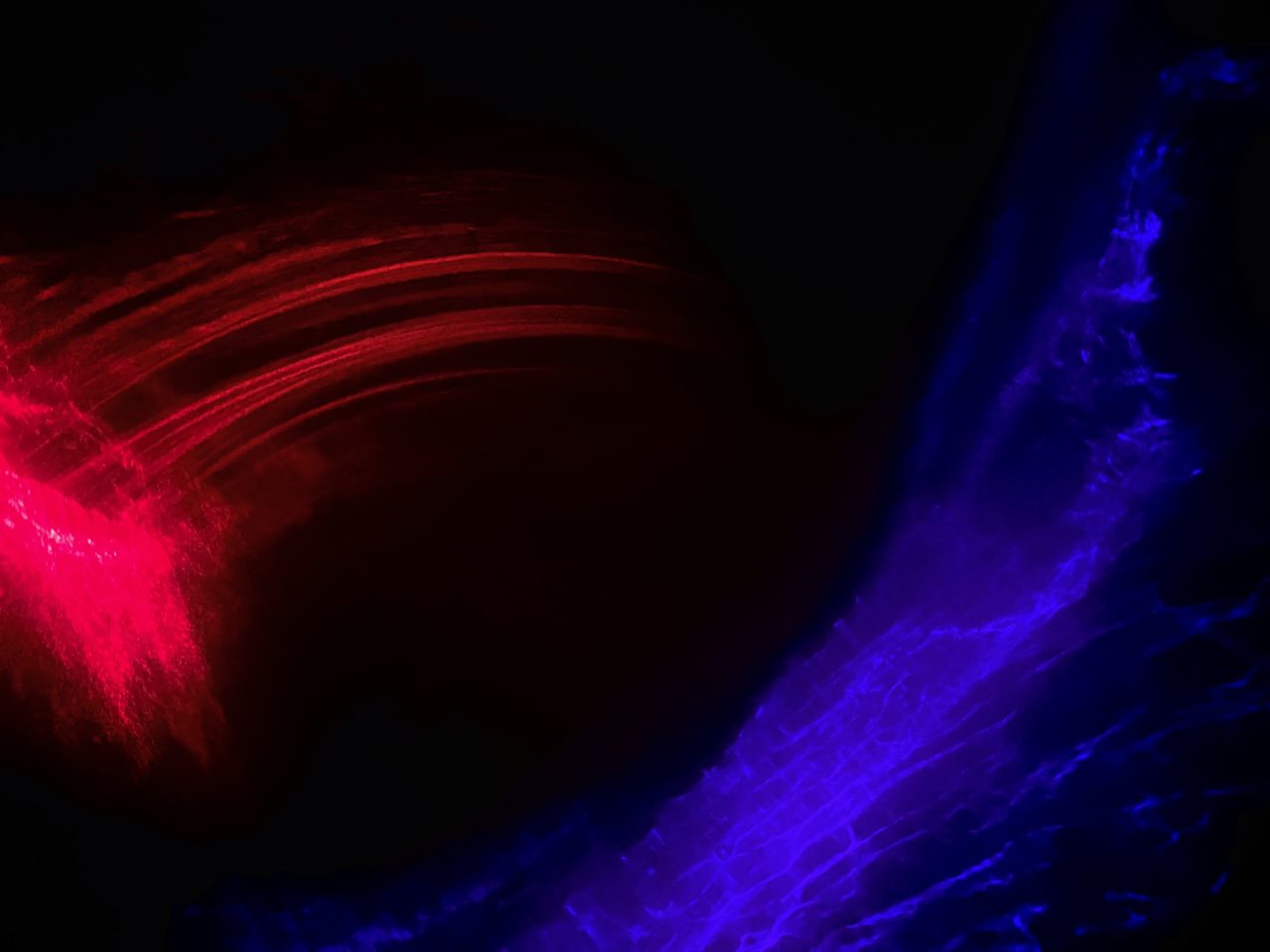M² : Miscellaneous Matter(s)

An optical investigation through the designer’s lens, emphasising the convergence of art and science.
Project details
- Year
- 2022
- Programme
- product-design
- Practices
- No practice
- Minor
- Re-Imagining Tomorrow Through Arts & Sciences | Honours Programme
An intriguing paradox emerged while investigating the notion of “archaeology of knowledge”: as students, researchers, and practitioners, we intend to generate new knowledge by applying previously existing methodologies, ways of working, and creating. By continuing to be unable (or unwilling) to evaluate knowledge on its own incipient terms, we impede our own progress. As an approach to this paradigm, I propose a methodology to research the convergence of diverse disciplines by employing the lens of transdisciplinarity, initiating with art and science.

Instead of using art as a translation tool for scientific understanding and reducing the artist to the role of a scientific communicator, and without reducing the scientist to the role of an art facilitator, methodologies can be developed to translate inherent disciplinary perspectives and foster transdisciplinary collaboration, nurturing harmony across disciplines.
How can this convergence of art and science be emphasised to facilitate innovation through creative practice?

The Miscellaneous Matter(s) is a materialised representation of “The Archeology of Knowledge through Convergence: The Convex Lens Ray Diagram”, curated in the form of an interactive-spatial installation. The diagram, illustrated by the designer, aims to metaphorically showcase the notion of the archaeology of knowledge in the form of a convex lens ray illustration.
On the diagram, the archaeology of knowledge represents the principal axis (the line passing through the centre of the lens). The object is the disciplinary divisions, travelling through f and 2f interval points (points where the rays intersect with the principal axis), implying the archaeological understanding and interpretation of knowledge as a mutation of visual and verbal language. The incidence (reflected) rays of disciplines refract through the convex lens of transdisciplinarity. The focal length (distance between the lens and the point of convergence) refers to the mode of activity, methods, and methodologies required to cause the point of convergence (the point at which rays are parallel to the principal axis coming from infinity, converge after being refracted by the lens), representing the interface of art and science. Creating an image of novel knowledge (since light rays pass through this image, this lens produces a real, magnified, and inverted image).

Blue and red light lie at the opposite ends of the spectrum of light. Similarly, art and science can be situated on opposing ends of the spectrum of disciplines due to the mutation of knowledge(s) into disciplinary divisions and hierarchal networks. M2: Miscellaneous Matter(s) investigates this in-between space by devising the Theory of Optics as a case study to stimulate observational knowledge, making the study of vision visible in a novel way. Implementing this notion as a mode of activity, considering the “act of research” as a method of research, proclaiming knowledge as the product.

This optical investigation delineates the convergence of art, design, and science, materialising scientific theory through an artistic approach; by conducting material research with lenses (glass) and lasers (monochromatic light), and by devising interactive media design as the tool to create tangible representations of theory. Through material research, the work is developed by exploring the affordances of scientific instruments through an artistic approach, investigating the subliminal and seemingly distant relationship between art and science disciplines. The work aims to evoke eureka moments and spark further inquiry into innovative research directions, exemplifying the harmonious intersection of knowledge.
Visitors perceive this dichotomy by investigating the unique properties of red and blue monochromatic light, inspiring them to explore the world in the form of waves rather than particles. Through embodied learning, the visitor becomes the instrument for/of research by engaging with the installation, empowering them as researchers by conceiving of the curated space as an experiential and experimental laboratory.
Everything is intertwined in the age of the disciplinary Big Bang!

There is an abundance of theories and research papers that remain two-dimensional, stacked on top of each other. That is where the artistic approach is required, to design the three-dimensional from the two-dimensional. In synthesising and transposing the positions of “theoretician and experimenter” and exploring new dimensions of research, theory transforms into practice. When an artist and a researcher collaborate, they inculcate a sense of novel knowledge. This notion of novel knowledge is what I strive to nurture in/through my work, transcending disciplinary boundaries. Further, I aspire to publish my work and facilitate discussions with a wide audience by exhibiting at multimedia platforms like Unstable Media Lab V2. I believe my research can serve as a bridge between knowledge(s), encouraging spaces for dialogue and celebrating scientific as well as artistic research through transdisciplinary exhibitions.
Dive into the Manuscript of Miscellaneous Modes and explore the entire research!